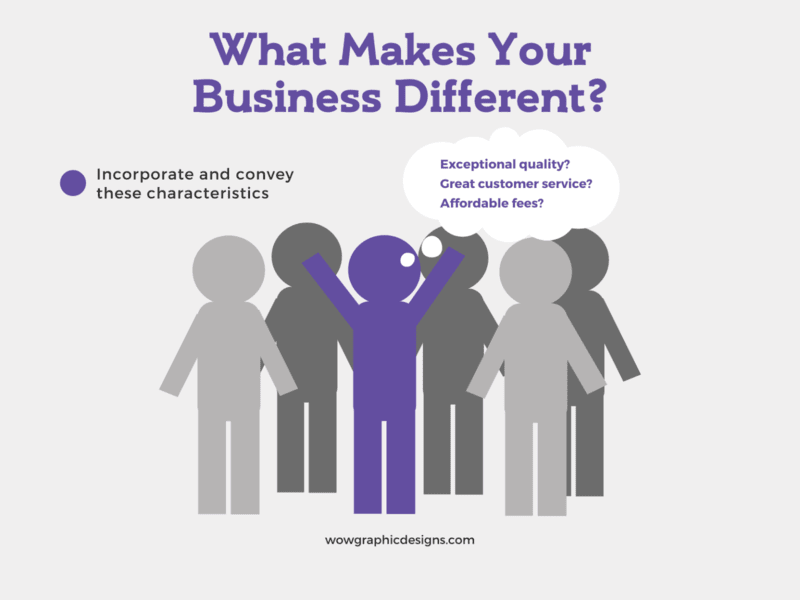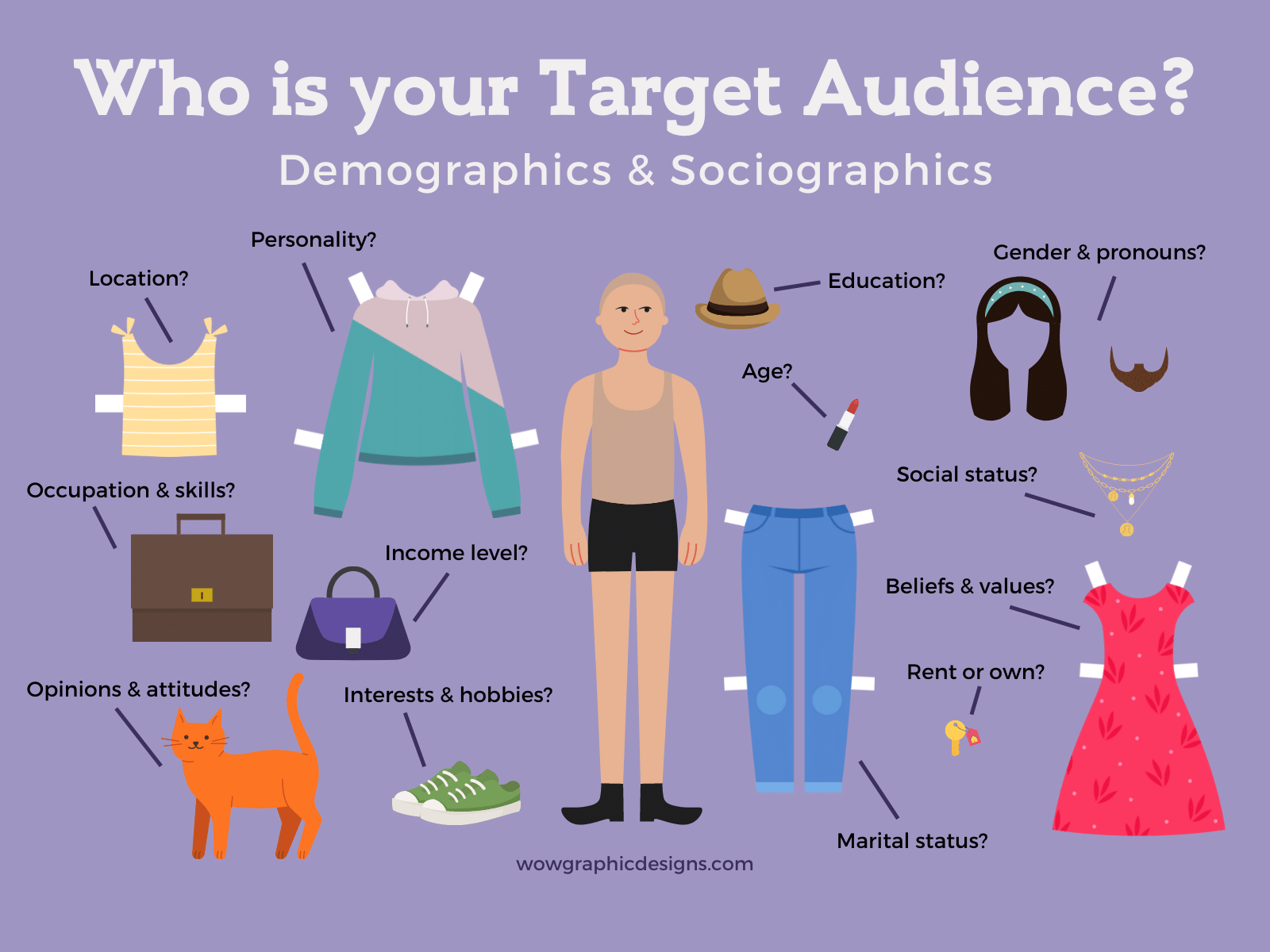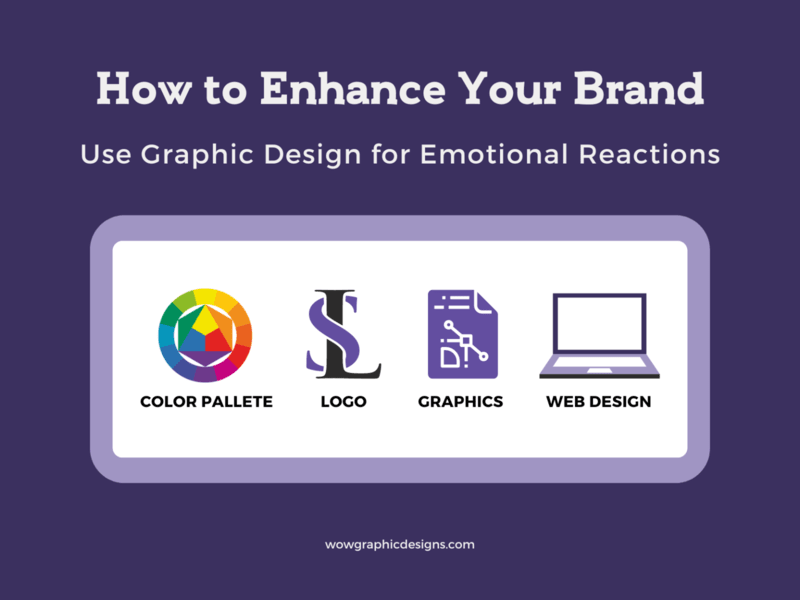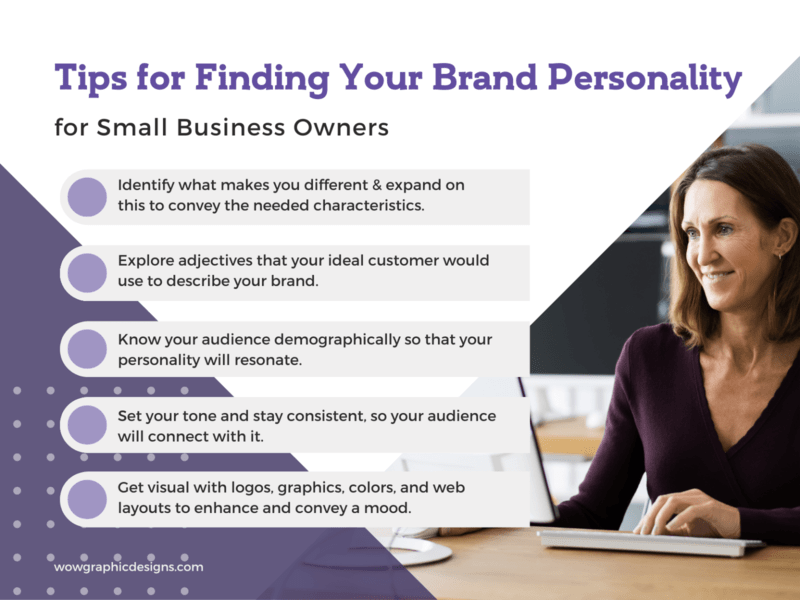Building a brand personality is similar to a creative writing assignment. Brand personalities and brand identity use personality traits that are memorable to customers. As with the best fictional characters, the best brands are easily identifiable.
Think of some memorable characters from your favorite movies, TV shows, books, or video games. What makes them stand out? Usually, they have very obvious and easily defined personality traits. These traits are human characteristics that are usually enhanced or exaggerated to be recognizable.
Creating a unique brand voice and brand personality is important for marketing campaigns and valuable for mission statements as they reflect a brand’s core values. The importance of brand personality cannot be understated.
How to Create Brand Personality
Step 1: Identify Your Unique Value Position
The first step in creating a brand personality is considering what sets the brand or company apart from others. This should start with identifying a target audience and asking yourself how they see themselves in your brand.
Another vital question in an overall brand experience is what can you offer your customers that your competitors can’t? This is referred to as a UVP or Unique Value Position. Your customers are on a quest, and you are there to help them solve it.

Think of yourself as the wise old sage (Gandalf, Obi-Wan, Dumbledore). Once they come to you for help, show them the benefits of working for you and differentiate yourself with your brand’s personality. This builds brand loyalty and keeps your customers coming back for more.
Step 2: Exploring Adjectives Strengthens Brands
Consider some brand personality examples to see how they work. A great brand personality traits list would be similar to a character traits list. You can examine this process by considering brand archetypes with high brand awareness and distinctive brand styles.
The Brand That Gives You Wings: Brand Personality
Think about Red Bull. What’s the first thing that comes to mind? Probably the slogan “Red Bull Gives You Wings” and a minimalist visual style. Their brand strategy uses humor and asks not to be taken too seriously.
This is where we get out the markers and start brainstorming. Get playful with words and write a list of adjectives your ideal customer would use to describe your brand, but also think about your competitors and what terms they use.
Loud and Tough: The Brand Personality of Motorcycles
Harley Davidson has some very obvious adjectives that come to mind: loud, rugged, and badass. This is successfully communicated through the product, logo, and color palette. You only have to hear the company name, and immediately, these things pop into your head.
Both companies are polar opposites, but they share two common brand personality types; they are easily identifiable and memorable.
Step 3: Know Your Audience
Although the company and its products/services are necessary, an equally important part of the brand message and marketing strategy relates to the customer or audience.
Your brand personality must resonate with your audience, so you need to know exactly who they are. This is something that successful companies do, and even though the questions may seem straightforward, the answers can be hard to find. In thinking about customers, a brand must ask:
- What do they like?
- Where do they hang out?
- What is their age range?
- How do they see themselves?

Consider this process in reverse by thinking about the Nike brand personality. A customer avatar for Nike is active, from a teenager to middle-aged and hangs out at gyms and public sporting facilities. They view themselves as fit and trendy. Observe how their brand’s personality reflects their marketing strategies and brand messaging. Nike has a strong brand personality because it has a clear customer base and brand personality framework.
Step 4: Consistency Is Key: Set the Tone and Stick To It
A brand’s personality should reflect in all forms of communication, from slogans to written messaging to blogs. A brand personality built around being professional and trustworthy would not want to write blog posts in the first or second person or in an informal tone. Similarly, imagine if Nike’s blog posts read like formal reports.
Written work, in the form of copy and content, must reflect your brand personality. Set a tone your customer avatar will connect with, and stay consistent with it. If you jump from conversational to formal, you send your customers mixed messages and create a chaotic brand personality.
Step 5: Let’s Get Visual: Graphic Design Supports Brand Personality
The last step is how brand personality will be communicated through visual identity. What colors, lines, shapes, textures, types, spaces, and images will be used that set your brand apart?

Logos, graphics, colors, and web design elements all tie in with your brand personality, enhancing it further. In graphic design, the mood is conveyed quickly and in a way that the audience can relate to emotionally. This is usually achieved with a team or graphic design agency. Still, once the steps above are complete, creating a clear and powerful brand personality will be much easier and more effective.
Summary
Having a clear and unique brand personality has countless benefits. It helps you to connect to your customers and builds brand recognition, which makes your brand memorable. Once customers identify with your brand, you’ll have a dedicated customer (and fan) base to advocate your brand.

Before building a brand personality, first, find what makes your brand unique. Once you’ve done that, you can figure out different adjectives that fit with your brand. Next, identify your customers’ demographics and how you can connect your brand to them. Ensure consistency throughout all your communications and establish solid graphic design that ties these elements together.

